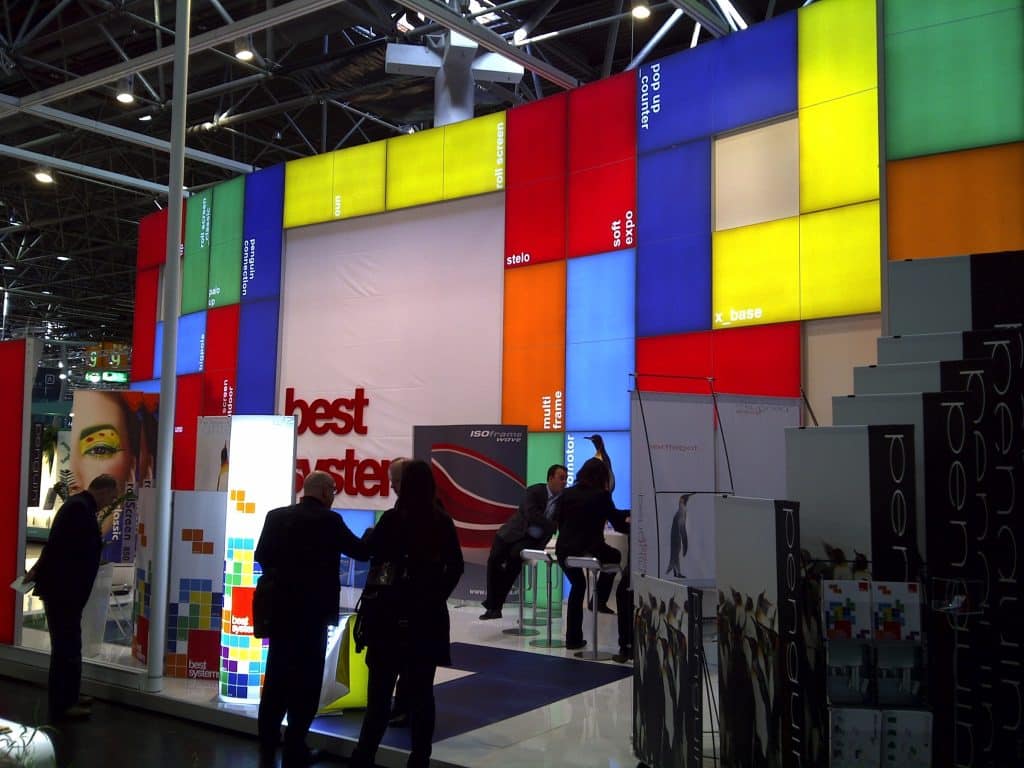The Pantone system is a collection of colors identified by a code. It was first published in 1963 with the aim of creating a “universal language of color that enables brands and manufacturers to make critical decisions at every step of the workflow”.
This system produces Pantone color charts of different styles and finishes. There is the pastel color chart, the metallic colors, and many others. Take for example the Color Bridge Coated chart and the Color Bridge Uncoated chart, which relate to prints made at M&M Graphic.
The term “Color Bridge” literally means “Color Bridge” and takes its name from the fact that the chart gives both the Pantone color code, but also its equivalent in Process Coated, therefore in CMYK (Cyan, Magenta, Yellow and Black), in RGB (Red, Green, Blue: screen colors) and in hexadecimal code, which is used in Web programming and in color coding for software interfaces.

For example, Pantone color 356C is equivalent to Pantone color 356PC, so a following Process recipe: C: 95%, M: 8%, Y: 93%, K: 27%. Its equivalent in RGB is: R: 0, G: 121 and B: 52. And finally the hexadecimal equivalent proposed by Pantone is the following code: 007934. When we indicate “equivalent proposed by Pantone”, it is because Pantone gives its equivalence recipes numerically, so a little approximate. What is important to know is that from one press to another, from one type of printing to another, from a more or less yellowish white of the paper, fabric or other media, many many factors come into play and it is impossible to predict “one” single recipe for translating Pantone on presses that print in four (4) process colors, such as those in sublimation on fabric. It is therefore inevitable: you have to carry out a color test and have it approved by the customer. This is the only possible formula to be 100% professional.
By default, in printing, it is the Color Bridge Coated chart that is the reference because the inks are generally glossy and are printed on products that also have quite glossy finishes. Obviously, there are matte inks, called “uncoated”, as well as for the finishes of the materials, but 90% of the time, printers rely on the Color Bridge Coated chart.
At M&M Graphic, in sublimation printing on fabric, the finishes are generally more matte than glossy, although they vary from one fabric to another. In fact, both are offered: fabrics with a matte finish, such as Ez-Tex, and fabrics with a slightly glossy finish, such as Dynatex for example.
Aware of all this, in 2017, M&M Graphic executives and their production team decided to push the quality of color matching between the Pantone Color Bridge Coated / Uncoated chart and the colors printed with the presses further. It was therefore decided that the computer graphics department be in charge of producing a new color chart based on the Pantone chart, selecting the 4,000 most used colors. Once all the recipes have been found in Process colors, therefore in CMYK, we now have 4,000 color recipes already adjusted and calibrated on the presses. This tool makes it possible to quickly match each Pantone requested by the customer to the sublimation printing recipe with the presses.